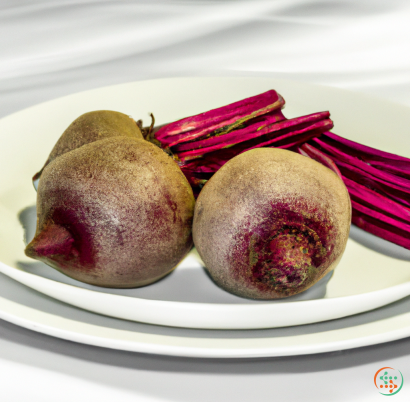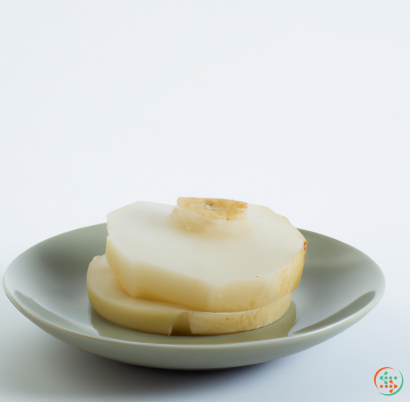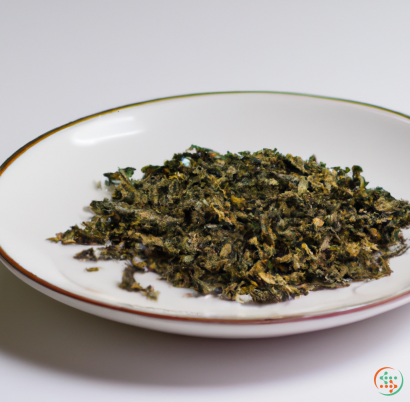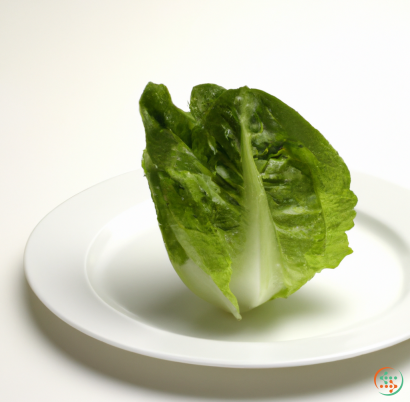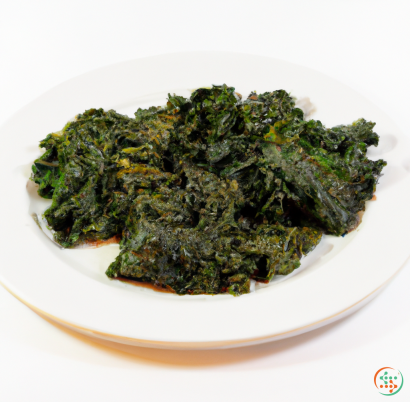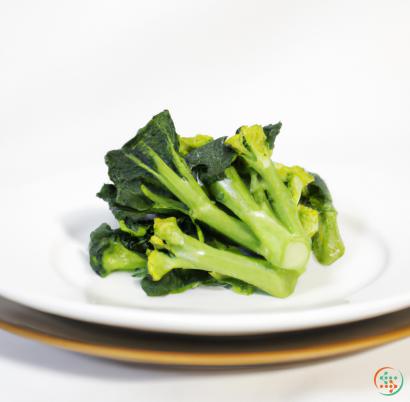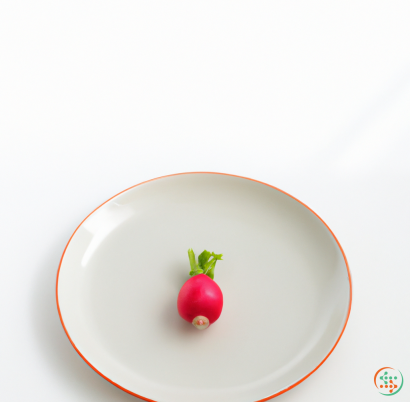Dock Plant
A dock plant is a perennial weed that belongs to the Polygonaceae family, meaning it is related to many other common garden plants such as rhubarb and sorrel. Native to Europe, dock plants are a nuisance in many parts of the world due to their high level of aggression and ease of spread. These invasive plants were probably originally brought to the Americas through agricultural activity, and now they can be found ranging from meadows to city yards and even roadsides.
Docks are perennial weeds meaning they return year after year, often with an increasing number of roots and shoots. These plants can become so large that they block pathways and are difficult to control and remove. Docks occupy a variety of environments and compete with both native plants and crops for water and space. They can thrive in disturbed soils or even those lacking nutrient content. As a result, they can quickly outcompete other plants and inhibit their growth.
The dock plant is identifiable by its long, pointed, oval-shaped leaves. Leaves usually appear in clusters and can vary in size depending on the age of the plant. The leaf margins may also have shallow saw-toothed edges. While most docks have a green color, some varieties will have a reddish hue or bronze-colored stems and leaves. During the summer season, an adult dock plant will produce a long furry flower stalk, topped with small greenish flowers and seedheads. Later in the fall, a sticky honey-colored goo is released from the seedheads.
Dock plants reproduce in two ways. Firstly, they are self-fertilizing, meaning each flower is capable of pollinating itself. Secondly, docks can reproduce through their creeping rhizomes. They spread laterally underground and form a system of roots and shoots that rapidly form new plants. In this way, a single bold dock can quickly populate a large area of land resulting in dense and thick growth.
So how do you control dock plants? Spot-spraying with a chemical weedkiller is one of the most effective methods. Herbicides such as glyphosate and 2, 4-D are known to kill docks; however, they can also damage or kill other plants in their vicinity depending on the formulation and concentration used. Physical removal using hoes or hand tools is also possible; however, the method is time-consuming. Finally, multiple applications of natural weedkillers such as vinegar, salt, citrus oil, and boiling water can seriously inhibit dock growth.
Controlling dock plants early is important as the roots of older dock plants tend to grow deep, making them difficult to remove. It is also recommended that you dispose of any dock plants you remove, either by burning or composting, as they may still contain viable seeds.
All in all, dock plants are an especially persistent and persistent weed that can reproduce rapidly and spread to many areas. They compete with other plants for space and resources, causing physical blocks and depleting soil nutrient levels. To prevent dock invaders, it’s best to practice prevention measures and spot-spray early. Physical removal and natural weed killers are also available, though time-consuming and sometimes not as effective as chemical options.
Introduction
Dock plants are a common weed in many areas of the United States. They are also known as yellow dock, curly dock, or broad-leaved dock. The scientific name for dock plant is Rumex obtusifolius. Dock plants are a member of the buckwheat family. The leaves of dock plants are large and can grow up to two feet long. The leaves are green on the top and white on the bottom. The flowers of dock plants are small and green. The fruit of dock plants is a small, brown seed.
Dock plants are often found in disturbed areas, such as fields, gardens, and roadsides. They are especially common in areas that have been recently plowed or tilled. Dock plants can also be found in wooded areas and along streams.
Dock plants are difficult to control because they reproduce quickly and spread easily. The best time to control dock plants is in the spring, before they flower. However, dock plants can be controlled at any time of year.
The best way to control dock plants is to pull them up by the roots. Large infestations of dock plants may require the use of herbicides.
Once dock plants are under control, they can be prevented from returning by maintaining a healthy lawn and garden. This includes mowing regularly, watering deeply, and fertilizing properly.
How a Dock Plant is created
Dock plants are created when the conditions are right for them to thrive. This generally means that there is ample sunlight and moisture available. Dock plants reproduce through seed dispersal. The seeds of dock plants are found in the fruit of the plant. The fruit is a small, brown seed that is found in the center of the flower. The seeds of dock plants are dispersed by wind, animals, and humans.
Dock plants are most commonly found in disturbed areas, such as fields, gardens, and roadsides. They are especially common in areas that have been recently plowed or tilled. Dock plants can also be found in wooded areas and along streams.
How a Dock Plant Travels to a Dinner Plate
Dock plants are often considered to be weeds, and as such, are not typically eaten by humans. However, some people do eat dock plants. The leaves of dock plants are high in vitamins A and C. They can be eaten raw or cooked. The roots of dock plants can also be eaten. They can be boiled or roasted. Dock plants can also be used to make tea.
If you are interested in eating dock plants, it is important to first identify them correctly. This is because some other plants, such as poison ivy, can look similar to dock plants. Once you have correctly identified dock plants, you can then harvest them. The best time to harvest dock plants is in the spring, before they flower.
To harvest dock plants, you will need to dig up the entire plant, roots and all. The plants can then be washed and eaten immediately or stored for later use. Dock plants can be stored by drying them, freezing them, or pickling them.
Conclusion
Dock plants are a common weed in many areas of the United States. They are also known as yellow dock, curly dock, or broad-leaved dock. The scientific name for dock plant is Rumex obtusifolius. Dock plants are a member of the buckwheat family. The leaves of dock plants are large and can grow up to two feet long. The leaves are green on the top and white on the bottom. The flowers of dock plants are small and green. The fruit of dock plants is a small, brown seed.
Dock plants are difficult to control because they reproduce quickly and spread easily. The best time to control dock plants is in the spring, before they flower. However, dock plants can be controlled at any time of year.
The best way to control dock plants is to pull them up by the roots. Large infestations of dock plants may require the use of herbicides.
Once dock plants are under control, they can be prevented from returning by maintaining a healthy lawn and garden. This includes mowing regularly, watering deeply, and fertilizing properly.
| Vitamin A | 0.2 mg | |
| Vitamin C | 0.048 grams | |
| Vitamin B1 | 0.04 mg | |
| Vitamin B2 | 0.1 mg | |
| Vitamin B3 | 0.5 mg | |
| Vitamin B5 | 0.04 mg | |
| Vitamin B6 | 0.12 mg | |
| Vitamin B9 | 0.013 mg |
| Calcium | 0.044 grams |
Daily Value 1.3 g
|
| Iron | 0.0024 grams |
Daily Value 0.018 g
|
| Magnesium | 0.103 grams |
Daily Value 0.4 g
|
| Phosphorus | 0.063 grams |
Daily Value 1.25 g
|
| Potassium | 0.39 grams |
Daily Value 4.7 g
|
| Sodium | 0.004 grams |
Daily Value 2.3 g
|
| Zinc | 0.2 mg |
Daily Value 0.011 g
|
| Copper | 0.13 mg |
Daily Value 0.9 mg
|
| Manganese | 0.35 mg |
Daily Value 0.0023 g
|
| Selenium | 0.9 ug |
Daily Value 0.055 mg
|
| Threonine | 0.094 grams | |
| Isoleucine | 0.102 grams | |
| Leucine | 0.167 grams | |
| Lysine | 0.115 grams | |
| Methionine | 0.035 grams | |
| Phenylalanine | 0.114 grams | |
| Tyrosine | 0.083 grams | |
| Valine | 0.133 grams | |
| Arginine | 0.108 grams | |
| Histidine | 0.054 grams | |
| Alanine | 0.132 grams | |
| Aspartic Acid | 0.181 grams | |
| Glutamic Acid | 0.216 grams | |
| Glycine | 0.114 grams | |
| Proline | 0.116 grams | |
| Serine | 0.077 grams |
| Total Sugars | 0.131141 grams |
per 100g
|

